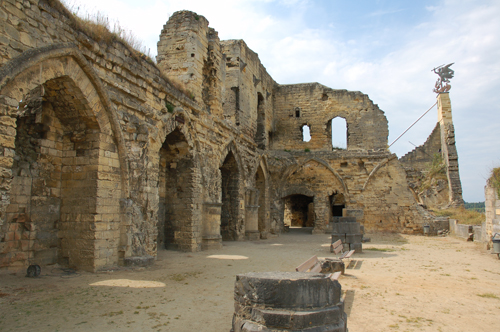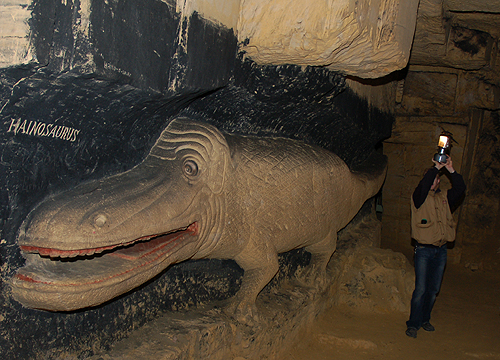I like castles a lot. What’s not to like? Oh sure, they’re often drafty, and probably a nightmare to maintain and let’s not even mention the heating bills, but imagine! Living in a castle must make you feel like the aristocracy whether or not you actually have any drop of royal blood running through your veins. When we lived in Europe and traveled all over the place, we always visited castles. When we visit my brother in Bavaria, invariably a castle sneaks on to the agenda. In Wales for a week while Anders went to a class, when Martin was a baby, we walked through castle ruins. In Scotland 3 years ago we packed ’em in. Both the kind that are still liveable and the kind that are crumbling rubble are fun to tour and climb around in and they spark all kinds of imaginative scenes, no matter how young or old you are.
Castles are all over the place in the Netherlands…which isn’t necessarily a country that one associates with castles, but there you are, and there they are, too. One of the girls put together a touring pamphlet of castles within an hour’s drive of the town we were staying in: she came up with 12 and I’d be willing to bet that wasn’t the sum total of available castles in the area. We spent one day driving around to several of them, stopping and getting out to stretch our legs on the grounds of the ones we could get close to, and clambering up and around the ruins of one particularly impressive one: Valkenburg castle, which we were told was actually one of the first tourist attractions in the country; as far back as 1863 people were visiting the ruins, and the hill itself was fortified as far back as the 11th century. It’s the only elevated castle in the Netherlands, which isn’t difficult generally speaking but it commands quite a nice view over the town. And under it is the Velvet Cave, one of a series of limestone & marl quarry caverns in the area.
What could be better than a castle with a cave under it?! Even though I’m a touch claustrophobic, there’s something equally as fascinating as castles about caves and we were thrilled to find a combo price for touring both of them together.
The marl is particularly soft and easy to carve, judging by the incredible amount of graffiti covering every inch of the stone wall leading up to the ruins and, sadly, all over the castle itself. My friend Kelly said that when she lived in the area 30 years ago, there were no fences or barriers and the castle was completely open, which probably did much to advance its decay.
The caverns were in use back in medieval times, and even in this century the townspeople used them during WWII, along with American soldiers, for hiding and spying on the movements of the Germans in the town. There is quite an impressive series of colored etchings, bas-relief sculptures, silhouettes and other drawings done by gaslight over the years, as well as a full-blown chapel used by priests in hiding during Napoleon’s reign. Like scratchboards, many of the artworks were made by covering the surface with soot or charcoal and then etching out the lines. Madder root was used to color the red areas. During the holiday season, there is a even an annual Christmas market held down on the cave!

The ruins of Valkenburg castle: Great hall (see what I mean about drafty?)

Valkenburg lion made of marlstone

The Battle of Walram in the Velvet Cave

Velvet Cave art: Funeral of Princess Alexis of Cleves

One of several saurians carved by a French blacksmith over 100 years ago

Velvet Cave chapel altar
Better photos of the cave artwork from an online gallery
Interesting info about the Dutch resistance in Valkenburg during WWII
P.S. Castles were quite often used as prisons, too. Hee!
